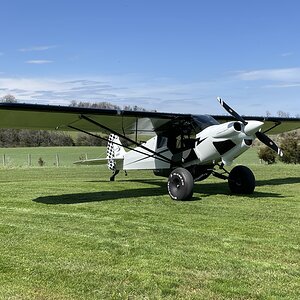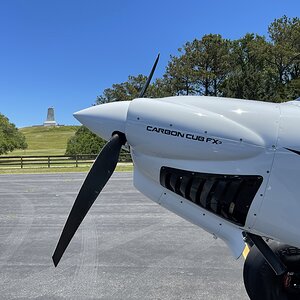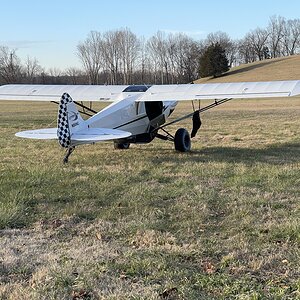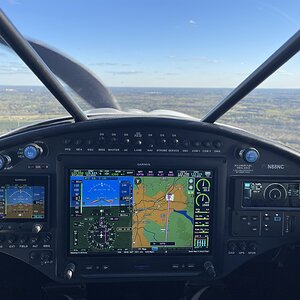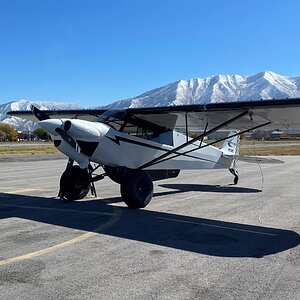Hello,
I was on Flight 7564 that crash landed at Dulles on 6/8/05 due to the collapse of the right landing gear. Over the years, I've looked for pics of the accident and have never had any luck. I recently found a post on airliners.net from 19 years ago that mentions pics on an aca-lounge site. Can anyone please assist me in locating them?
The final report states that we were escorted from the plane safely. That's how they described our exit as we jumped one by one from the main cabin and rear doors! It was a struggle to climb up into the aisle from the seats because the plane was at such a steep pitch since the right landing gear had collapsed. After finally making it to the left main exit, realizing there was no yellow slide or stairs was terrifying. Jumping from that height was the only option.
Thankfully, no one was injured at the time of the accident. Unfortunately, I found out 6 months later that I had severe nerve damage to my foot, leg & back from the high jump to exit the plane. Since then, I've had countless injections, therapies, over 20 surgeries and I'm in a wheelchair for the most part now. I have a spinal cord stimulator implant and a med pump implant to control the constant pain.
I assure you, looking for these pics has nothing to do with any legal action. The statute of limitations has long passed. Besides, I already received a $200.⁰⁰ voucher to put toward a future flight. Needless to say, I never took advantage of that generous compensation. Lol!
My search for pics has always been about my desire to see the accident that I survived that has had such an impact on my life. Even though my injuries have been progressively debilitating, I believe that Flight 7564 has made me stronger, more resilient, and forever grateful for the life I do have.
Thank you for taking the time to read this long post. I hope that someone can lead me in the right direction. Here's some sage advice: always purchase flight insurance! Safe travels!
Here's the thread I found on airliners.net:
Washington Post Article On S5 Incident At IAD - Airliners.net
I was on Flight 7564 that crash landed at Dulles on 6/8/05 due to the collapse of the right landing gear. Over the years, I've looked for pics of the accident and have never had any luck. I recently found a post on airliners.net from 19 years ago that mentions pics on an aca-lounge site. Can anyone please assist me in locating them?
The final report states that we were escorted from the plane safely. That's how they described our exit as we jumped one by one from the main cabin and rear doors! It was a struggle to climb up into the aisle from the seats because the plane was at such a steep pitch since the right landing gear had collapsed. After finally making it to the left main exit, realizing there was no yellow slide or stairs was terrifying. Jumping from that height was the only option.
Thankfully, no one was injured at the time of the accident. Unfortunately, I found out 6 months later that I had severe nerve damage to my foot, leg & back from the high jump to exit the plane. Since then, I've had countless injections, therapies, over 20 surgeries and I'm in a wheelchair for the most part now. I have a spinal cord stimulator implant and a med pump implant to control the constant pain.
I assure you, looking for these pics has nothing to do with any legal action. The statute of limitations has long passed. Besides, I already received a $200.⁰⁰ voucher to put toward a future flight. Needless to say, I never took advantage of that generous compensation. Lol!
My search for pics has always been about my desire to see the accident that I survived that has had such an impact on my life. Even though my injuries have been progressively debilitating, I believe that Flight 7564 has made me stronger, more resilient, and forever grateful for the life I do have.
Thank you for taking the time to read this long post. I hope that someone can lead me in the right direction. Here's some sage advice: always purchase flight insurance! Safe travels!
Here's the thread I found on airliners.net:
Washington Post Article On S5 Incident At IAD - Airliners.net


